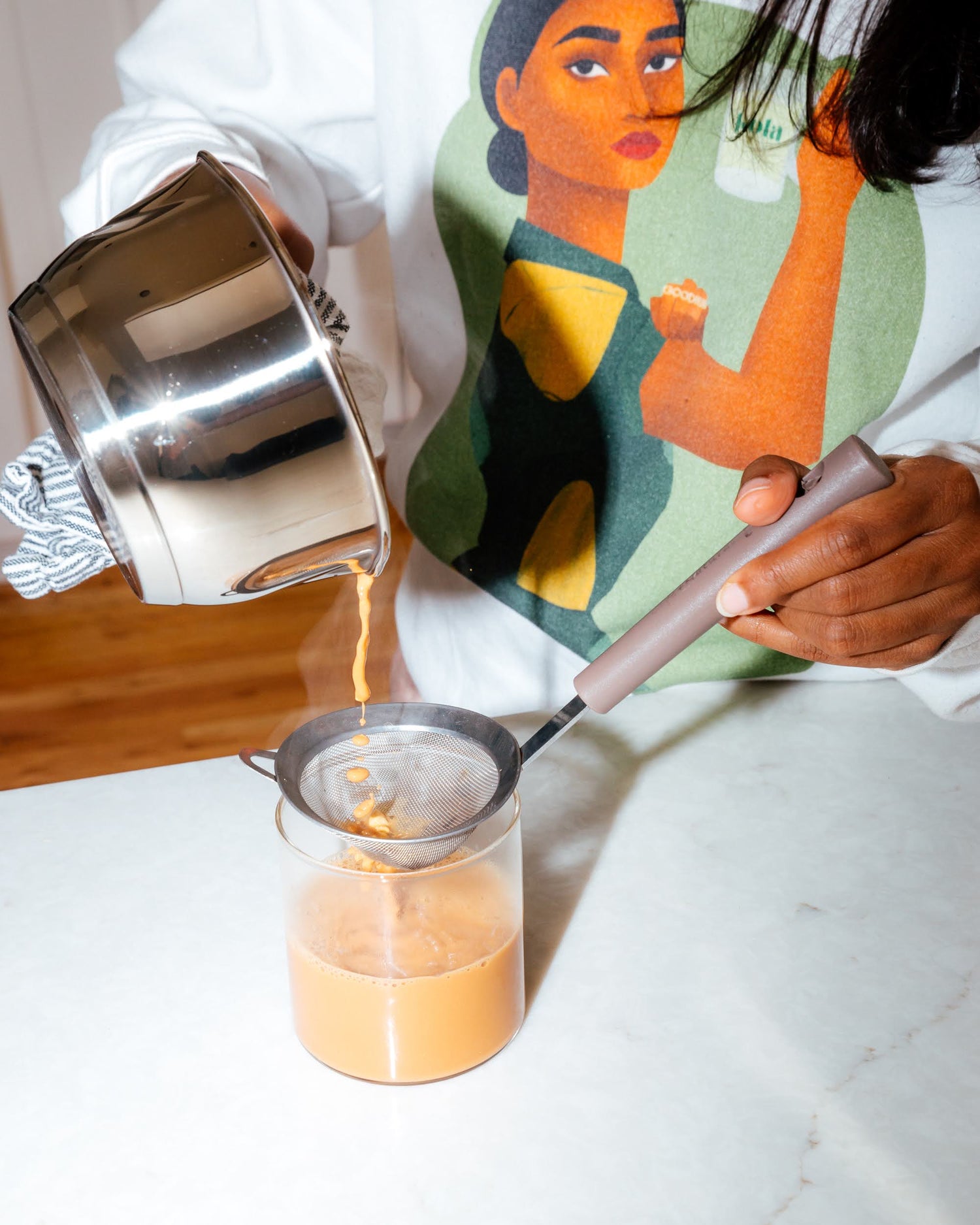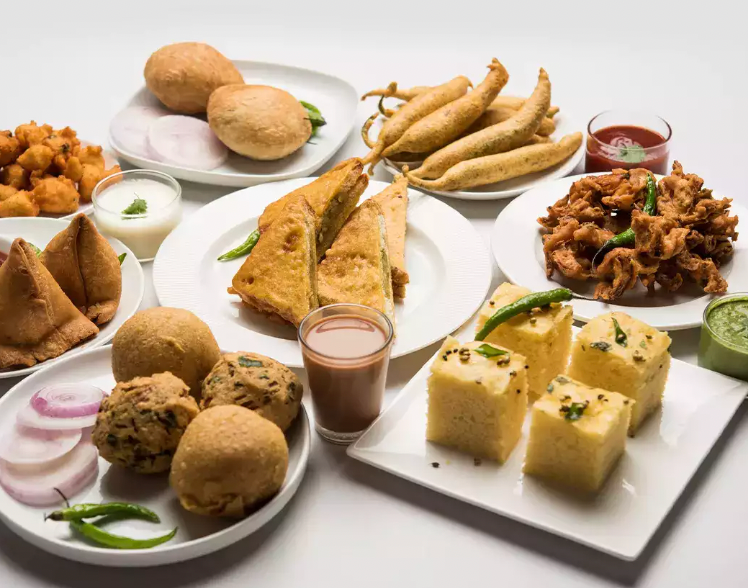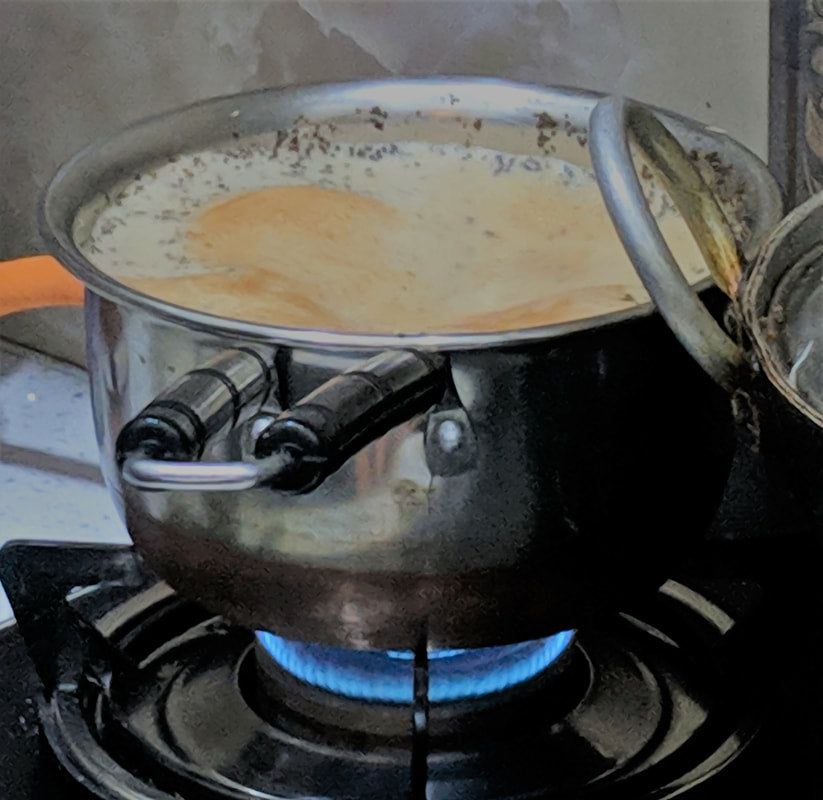Throughout history, tea has been cherished as a versatile and beloved beverage, capturing the hearts of people from diverse cultures and regions. From the soothing simplicity of a classic cup of black tea to the complex flavors of masala chai, tea offers an endless array of possibilities. Let’s delve into the captivating world of tea, exploring the reasons behind its remarkable versatility and highlighting popular tea recipes and star ingredients.
The Charm of Masala Chai
Masala chai, a true gem in the world of tea, is an enchanting fusion of spices and black tea, hailing from India. The word "chai" simply means tea, but when combined with "masala" (a mixture of spices), it transforms into the perfect elixir of flavors. The key spices in masala chai include:
- Cardamom: Adds a delightful fragrance and sweetness.
- Cinnamon: Imparts warmth and a hint of sweetness.
- Cloves: Contribute a rich, earthy flavor.
- Ginger: Provides a subtle, spicy kick.
- Black Pepper: Adds a touch of heat.
The beauty of masala chai lies in its adaptability—varying spice proportions and personal preferences allow for endless customizations.
The Allure of Milk Tea
Milk tea is a tea preparation that incorporates milk or a milk substitute, creating a creamy and comforting beverage. The origins of milk tea can be traced back to both Asia and Europe, where the concept of combining tea with milk was embraced. Popular variations of milk tea include:
- Sri Lankan Milk Tea: An authentic blend of Ceylon black tea leaves with milk or milk alternative for long lasting & jitter-free energy.
- Hong Kong Milk Tea: A rich, robust black tea blend combined with evaporated or condensed milk, creating a silky texture and a unique flavor profile.
- Thai Milk Tea: A vibrant orange-hued tea made from a mixture of black tea, condensed milk, and various spices like star anise and tamarind.
- Taiwanese Bubble Tea: A fun and modern take on milk tea, often served with chewy tapioca pearls or other flavored boba balls.
Milk tea's versatility lies in its ability to cater to different tastes—ranging from sweet and indulgent to light and refreshing.
Tea is a Sensory Experience
One of the key reasons behind tea's versatility lies in its complex and diverse flavor profiles. Different types of tea, such as black, green, white, oolong, and pu-erh, offer a range of tastes, from robust and bold to delicate and floral. Each variety of tea brings its unique nuances, allowing it to pair seamlessly with a myriad of ingredients and recipes.
Tea in Beauty and Wellness
Beyond culinary applications, tea's versatility extends to beauty and wellness. Various teas, such as chamomile, green tea, and peppermint, are used in skincare products and natural remedies due to their antioxidant and soothing properties. From tea-infused face masks to herbal tea remedies for indigestion, tea has found its way into numerous self-care rituals.
Tea's versatility is a testament to its enduring charm and global appeal. From the beloved masala chai in South Asia to the comforting milk tea variations enjoyed throughout the world, tea has become an integral part of diverse cultures and lifestyles. The unique properties of the Camellia sinensis plant, combined with the artistry of blending, infusing, and preparing tea, contribute to the endless possibilities that tea enthusiasts savor. Whether you enjoy the traditional simplicity of a classic cup of black tea or delight in the complexity of a spiced masala chai, there's a tea recipe to suit every palate and occasion. So, the next time you savor that delightful cup of tea, take a moment to appreciate the extraordinary journey of this versatile beverage.




Leave a comment
This site is protected by hCaptcha and the hCaptcha Privacy Policy and Terms of Service apply.